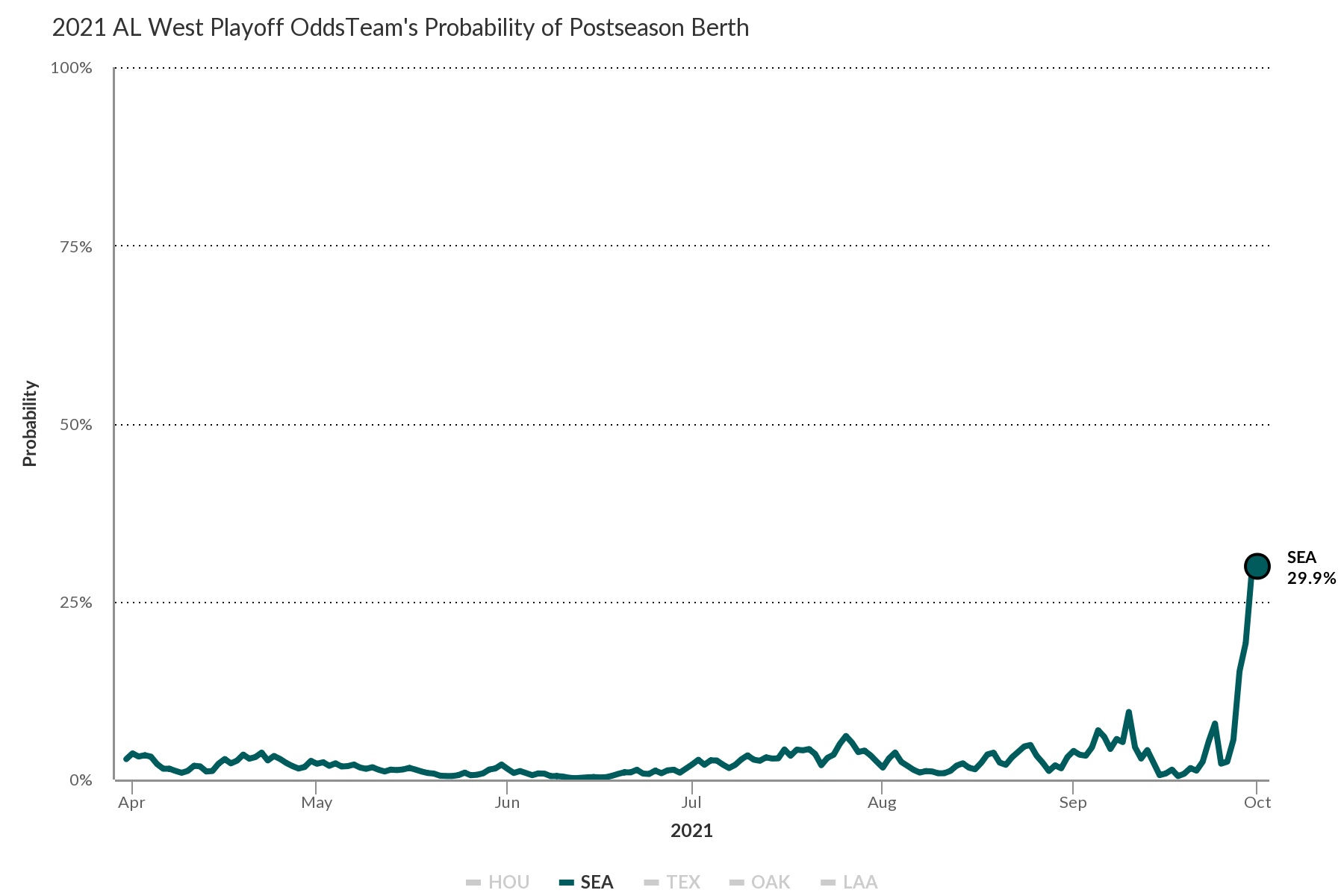Checking In on the Aging Curve
Every season, we brace ourselves for the inevitable decline of baseball’s stars of yesteryear. Unfortunately, we’re all getting older, and despite their rare talents and athleticism, major leaguers eventually lose production. But while each individual has their own rate of decline, generally speaking, we know a fair amount about how age affects hitters’ abilities: A typical player peaks around age 26 and gradually declines afterward in what we know as the age curve. For those fortunate enough to stick around into their late 30s. that decline becomes quite sharp.
The basis for the age curve is the difference between a player’s performance across two different seasons. The choice metric for hitters tends to be wRC+, because it’s adjusted for league average and should be less impacted by league-wide trends and fluctuations from one season to the next. The chart below shows an age curve for players using data from the last 10 seasons, preceding 2021:

The shape of the age curve makes intuitive sense, for two reasons. The obvious one is that the primary skills needed to succeed in baseball (eyesight, strength, agility, etc.) decline as the human body gets older. Another, however, is that players only remain at the big league level if they’re successful. Whether it be due to injury, a slump, or even a little bad luck, a decrease in a hitter’s performance is an inevitability before they decide to retire (or the decision is made for them). Read the rest of this entry »



